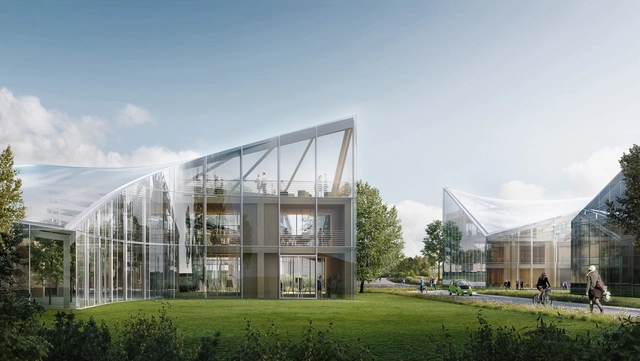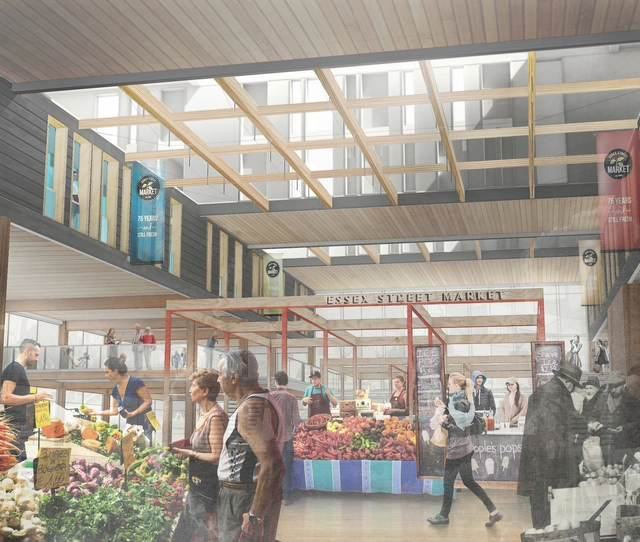
In major cities around the world, buildable land is at a premium. At the same time, a continued trend of urban migration has led to a shortage of houses, inspiring a wealth of innovative solutions from architects and designers. Swedish firm Manofactory have literally taken housing solutions to a new level, questioning why we need to build at ground level at all.
Many animals, including birds, build their nests in trees, under roof tiles or in rock crevices above the ground. Humans already build simple nesting boxes for birds to live in, causing Manofactory to question why we can’t build nesting boxes for ourselves – a simple house with several rooms, windows, and climate protection. Pointing to the numerous cliff walls in cities across northern Scandinavia and elsewhere, Manofactory have designed the Nestinbox – a small wooden house with a steel structure to be mounted on sheer cliff faces.




.jpg?1494766952)
























































